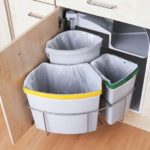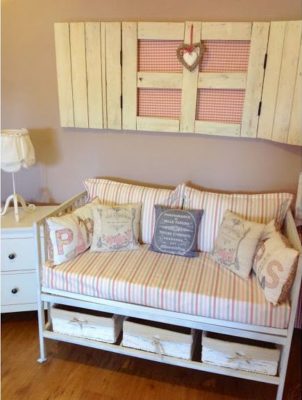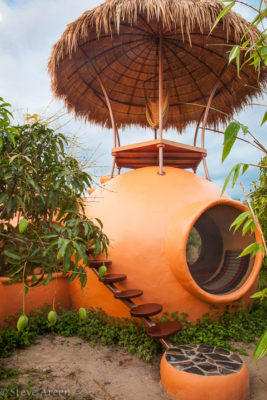Toilet without sewer connection
The home of a modern person is inextricably linked with certain conditions. It is difficult to imagine your life without water, gas and electricity. Let's say you can live without gas. There is coal or wood heating. Yes, you can cook with electricity and heat with it. Without water, life is simply unthinkable. No cooking, no washing your hands. Therefore, the main ones are water and electricity.
What about the sewerage? Well, why not throw out your own waste right in front of your house? This is both uncivilized and unhygienic. But no one will install a central sewer system if you live in a locality with only a few houses. Therefore, in dacha settlements and villages, having a central sewer system is akin to a science fiction film. However, there are a number of opportunities to get rid of your own waste products.

The content of the article
Types of toilets without sewerage for a summer cottage
Despite the fact that progress is moving leaps and bounds forward, or because of this, we can easily do without a centralized sewer system. A structure with a large hole dug underneath is already a relic, since, despite its simplicity in construction, it has many disadvantages. Disposing of your own waste has become much easier and, most importantly, safer. Modern technologies can decorate the appearance and add some “tricks”. So, the toilet does not need to be connected to the central system. There are several options for such devices:
- peat technology;
- processing with chemical reagents;
- recycling by biological enzymes.
All options have their advantages and disadvantages. The main thing is to understand exactly what is most suitable for your case. There are options that will require a lot of time and effort to arrange. In addition, another important fact is that not all decisions can be changed in the future - what you build will take decades to admire.
Recycling waste using peat
This design is capable of turning all waste into useful and environmentally friendly fertilizer. It includes three elements that form a single whole.
The basis of the entire structure is a container for collecting waste. The second container has a peat dispenser that fills the waste. While the tank is being filled, waste is being processed. Once the tank is full, it needs to be cleaned. It will be necessary to prepare a special pit where the final conversion of waste into fertilizer will take place. It is logical that this design is very popular among residents of private houses and dachas. However, this also has its pros and cons:
Positive traits:
- The size is very compact and does not take up much space.
- Installation is simple and does not require major structural modifications.
- Fertilizer is obtained instead of waste.
- Environmental safety of processing.
Negative qualities:
- Due to the small size of the container, it needs to be cleaned frequently.
- Ventilation required.
- A pit is needed for further processing.
Processing with chemical reagents
Toilets that use chemicals to process waste are called composting toilets. A convenient solution for country houses that does not require central sewerage and does not take up much useful space during installation.
There are also two tanks at the base. The first is loaded with chemical reagents that process waste into a single mass. The second tank is filled with water, which washes away the waste. You can fill the tank yourself, or you can connect a water supply. Disinfectants can be added to the water tank. This will help get rid of unpleasant odors, eliminating the need for ventilation.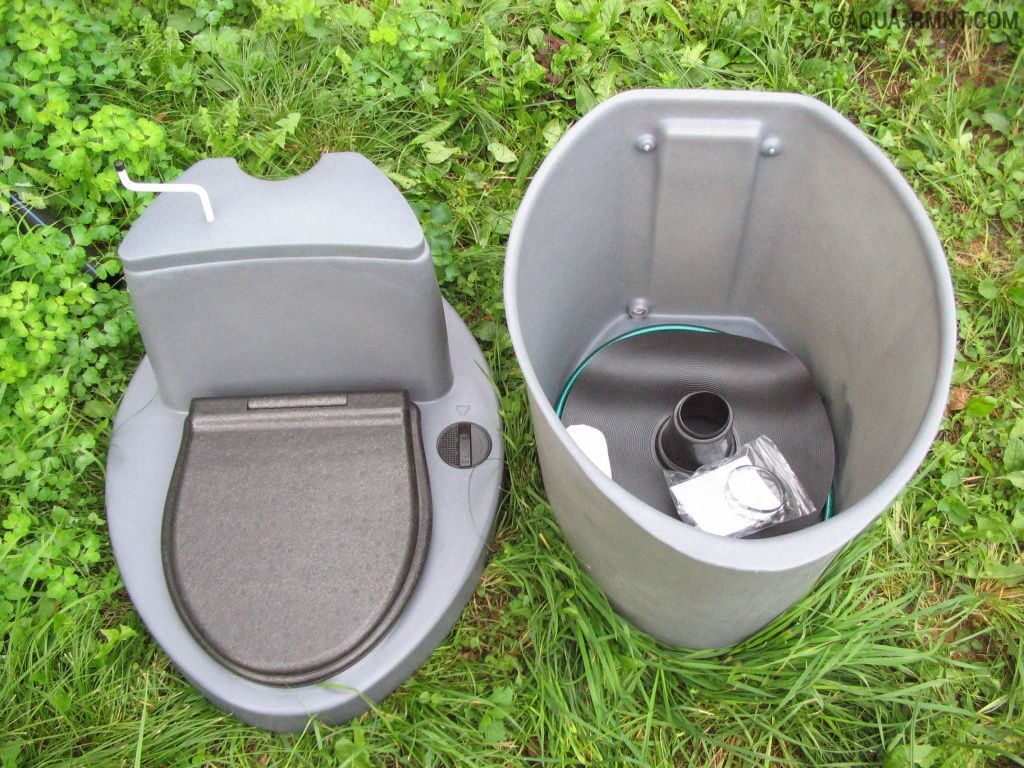
Positive traits:
- Powerful ventilation is not required, since the reagents remove extraneous odors.
- The size is compact, which allows you to install the toilet in small spaces.
- Disinfectants destroy all harmful microorganisms.
- Cleaning and loading of drugs is very simple.
Negative qualities:
- Chemicals that are harmful to nature are used.
- Small tank capacity, chemicals are expensive.
- Inconvenient to use in a large family.
Processing with biological enzymes
The most advanced technology that will not only cope with the processing of sewage, but will also cause the least harm to the environment. The work is based on bacteria that process all waste.
In order for the system to function properly, it will be necessary to install a special reservoir underground. This container must be installed deep to ensure the survival of bacteria during the winter. The container is divided into sections, which correspond to several degrees of cleaning.
Installation takes a lot of time, but will save on financial costs. This design is practically no different from toilets with a central sewer system.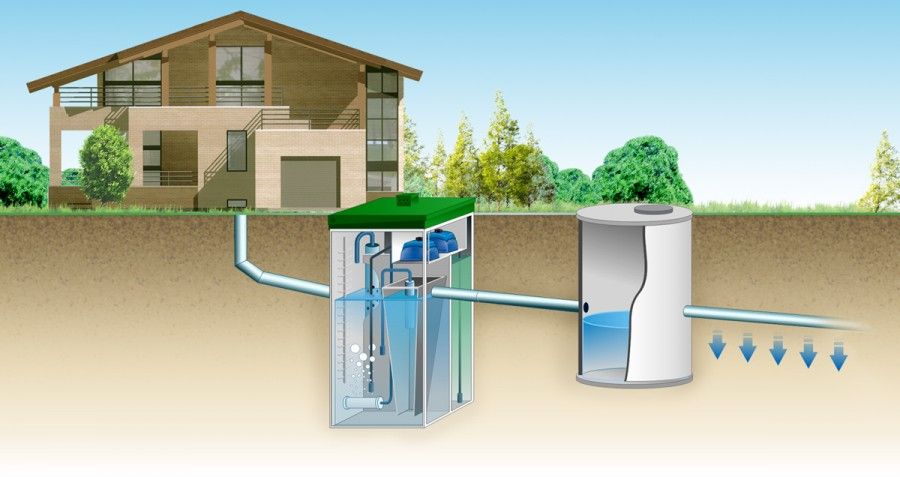
Positive traits:
- The most environmentally friendly waste recycling method.
- The holding tank is large and will last for a long time.
- All sewage is concentrated outside the house, which will eliminate the installation of ventilation in the toilet room.
- The waste tank cleans itself; the only need is to replenish the bacteria supply.
- The drain from the sink and bathtub can be directed into a common tank, which will create a single autonomous system.
Negative qualities:
- The need to purchase bacteria.
- There is a high probability that in severe frosts the bacteria will die.
- Difficult installation technology requiring construction skills.
Types of compact toilets
If everything has long been clear regarding the solution to the issue of waste disposal in cities, then in the private sector only toilets without a central system allow solving this delicate issue. There are a lot of such devices, and each has its own technology.
Before choosing a solution for your needs, you need to think about the layout of your home, the presence of active ventilation and the frequency of toilet use. These parameters will allow you to choose from several types of devices:
- biological container;
- toilet that does not require water;
- electric toilet.
Portable biological container
This device can be called a budget version of the dry closet, which was described earlier. Its functionality is minimal, and its hygiene indicators are low.
The device is equipped with plastic handles that allow it to be carried. This is more of a temporary solution than a replacement for a full-fledged toilet. The advantages include low cost and small size. Negative aspects are the small capacity of the waste tank and insufficient hygiene.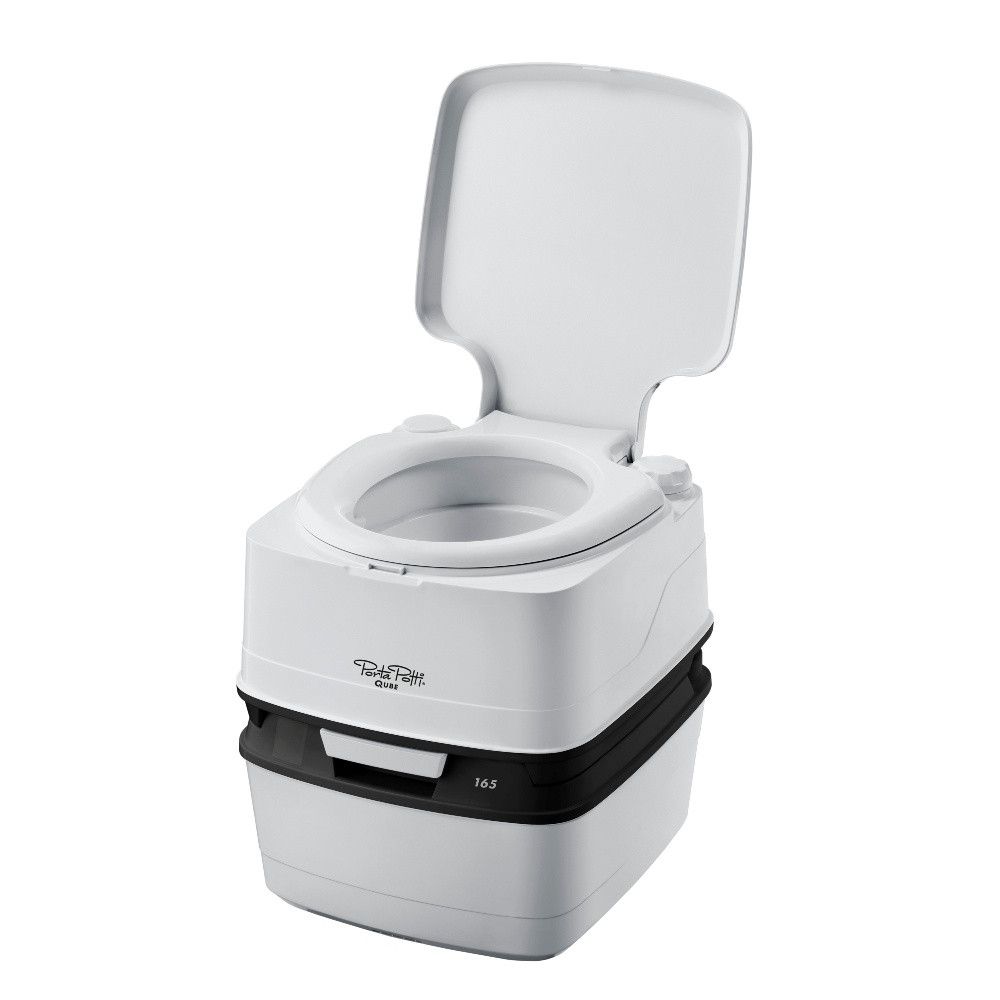
Toilet that does not require water
Modern technologies are finding more and more new applications. Such a device can be confidently classified as a fully autonomous disposer of natural human waste. This type of toilet is equipped with a unique packaging system. Waste is hermetically sealed with film and placed in a container.
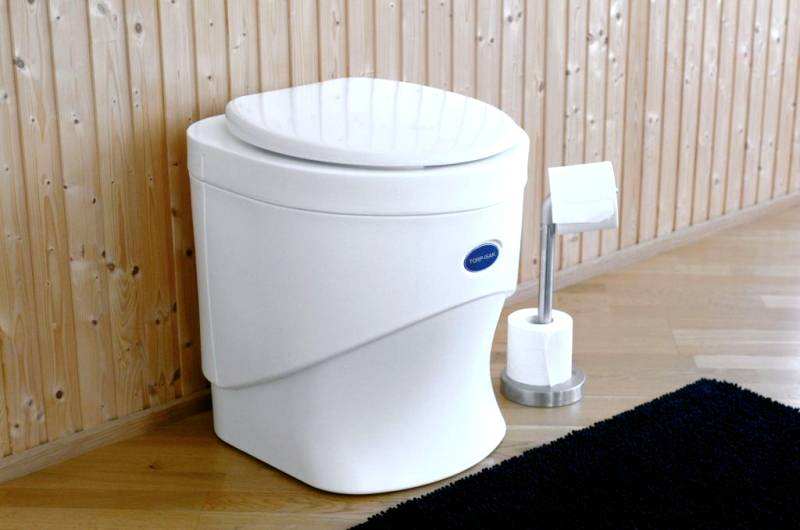
This technology does not require water or electricity, and waste briquettes are easy to dispose of. The installation is compact in size and light in weight. You don't need any special skills to use it. But there is a significant drawback; packaged briquettes must be transported somewhere.
Electric waste disposal
This system does not require water or chemicals to operate. All waste is dried and turned into compost. A fan is installed inside the drying chamber, which removes the generated vapors into the ventilation system.
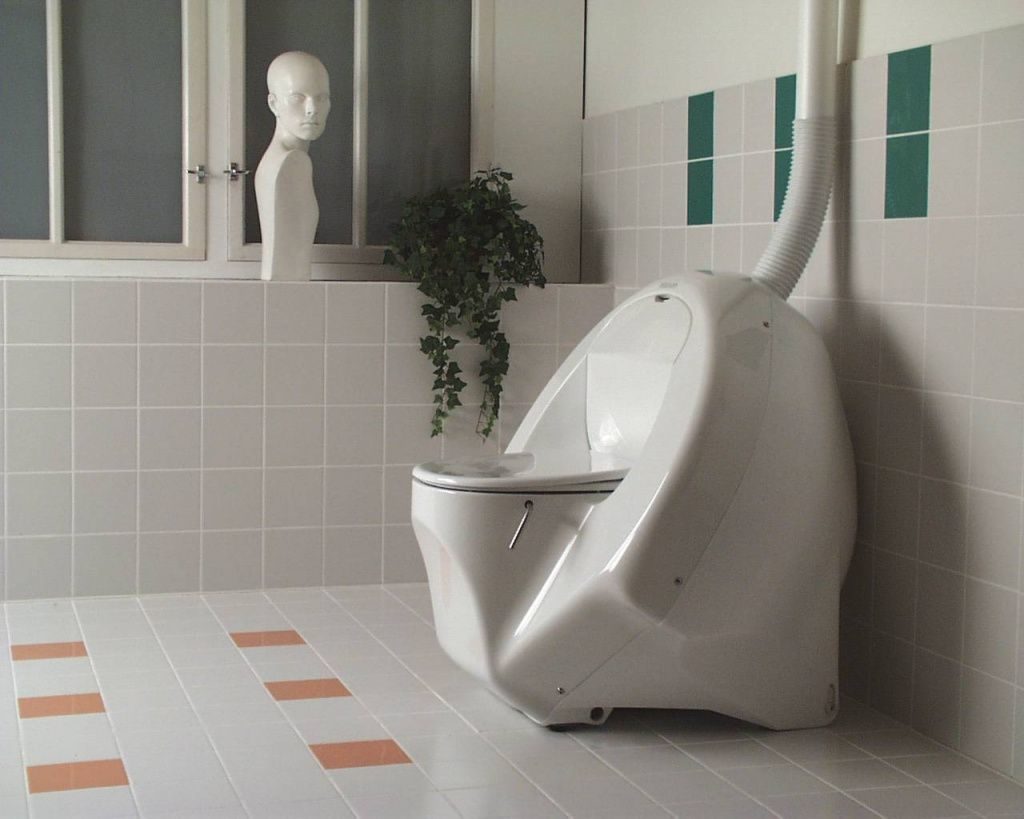
A significant disadvantage of the design is the high financial costs of acquisition and subsequent operation. The sizes are quite large and require separate ventilation. But, on the other hand, disposal occurs quickly, and the odor is effectively eliminated.Installation does not take much time and does not require special skills.
Criteria for choosing a toilet
The main criteria for choosing a toilet are as follows:
- Lower tank capacity. The larger the tank volume, the longer the device operates. A fourteen-liter tank is enough for thirty visits.
- Tank weight. The container sometimes needs to be cleaned. A filled tank with a volume of fourteen liters weighs fifteen kilograms. In the case of a peat system, slightly more. So is it worth purchasing devices with a large volume? Will it be easy to take out such a tank and carry it?
- Toilet height. Keep in mind that you are not the only one using the toilet. There are also children.
- Material quality. The higher quality the plastic, the longer the product will last.
Features of operating toilets without sewerage in winter
In winter, toilets that are not connected to the central sewer system can be used.
Dry toilets, which process waste using chemicals, are quite functional in cold weather. The only condition is that you need to add antifreeze liquid to the tank. The best choice would be to use propylene glycol. This drug has its own color and the smell is quite pleasant. The main thing is to carefully study the instructions so as not to confuse the proportions. Otherwise, the action of the enzymes responsible for processing waste can be weakened.
If you plan to preserve the system for the winter, then all gaskets need to be lubricated with oil. Better than olive. This will protect the rubber from drying out during frosts.

